Thanks in no small part to tech companies, the idea of user-centric design is everywhere. The iPhone took over the smartphone market by delivering a simple, easy-to-use interface. But while our personal devices have gotten easier to use, they're also a leading cause of the breakdown of boundaries between work and the rest of our lives. More recently, designers have started to discuss "human-centered design" to address deeper and more subtle needs for supporting healthy, sustainable living. So, now when I want to I can put my iPhone on "Do Not Disturb," but it wasn't until latest upgrades where that became possible.
Meanwhile, the uproar over Marissa Mayer's recent attempt to make her employees more innovative at work begs the question: Can tech companies lead the way in making work itself more user-friendly and human-centered? Can we have smart workplaces to go along with our smartphones?
There is ample evidence that the way companies in the U.S. function is not good for our personal or collective health. An increasing number of companies are realizing that the way we work is not good for their bottom line, either. To address this, many companies are focusing on wellness programs. The Massachusetts Business Roundtable recently released a study that concluded: "By keeping employees healthy, employers can not only reduce unnecessary health care utilization and spending, they can enhance productivity, attendance and retention."
More and better wellness programs are a welcome trend, but all too often wellness programs miss an important problem: What we expect from workers and work does not fit the needs of business, workers, or our society. There is a need for a new way of working, one that is designed for the end-user, the worker, the human. It is not just about adding wellness programs to unhealthy work -- it is about designing work so that it is, itself, healthy.
We, along with many other business owners, are hacking the modern workplace. We look to businesses like 37 Signals and the the Great Places to Work Institute for ideas and inspiration. From 37 Signals we were inspired to move to a four-day work week (not just seasonally but year-round). And Great Places to Work reminds us that great business is about real, trustworthy, day-to-day relationships, not benefits or programs. We are designing processes and tools that treat workers for what we are: people. Our objective is to help create better businesses through increasing the health and effectiveness of people. This has tremendous advantages for me and the people I care about. It leads me to being happier and gives me more time to focus on the people and places that are important to me: my wife, my children, my community, and the city I live in, Philadelphia.
So how do we design for a user-friendly, human-centered workplace? One of the things that informs how and what we design is understanding the constraints of the system. One of the most important constraints is that people cannot be active all the time. We need rest. Our bodies and brains need sleep daily, and the less we get the less healthy and effective we are. We are more productive when we create meaningful rest and reflection periods into our workdays and work weeks. And we are less distracted at work when there is less chaos at home.
For me, that means not having meetings back to back and having two mornings a week where I have no meetings at all. It also means working four days a week so that I have time to spend alone and with my wife (without the kids) and having rules about when I work and when I don't. I don't work from home, for example, and that includes not checking email. It also means designing, testing and improving upon work practices (and tools) that are customized to fit us. (You can learn more about this in our Workplace Lab.) Taken together, the changes we've made to our workplace have made it possible for me to be more effective and far less distracted at work.
I look forward to the new technologies that help us be more effective and healthy but in terms of progress these improvements should support a new way to work, not new ways to become overworked.
For more by Jethro Heiko, click here.
For more on unplugging and recharging, click here.